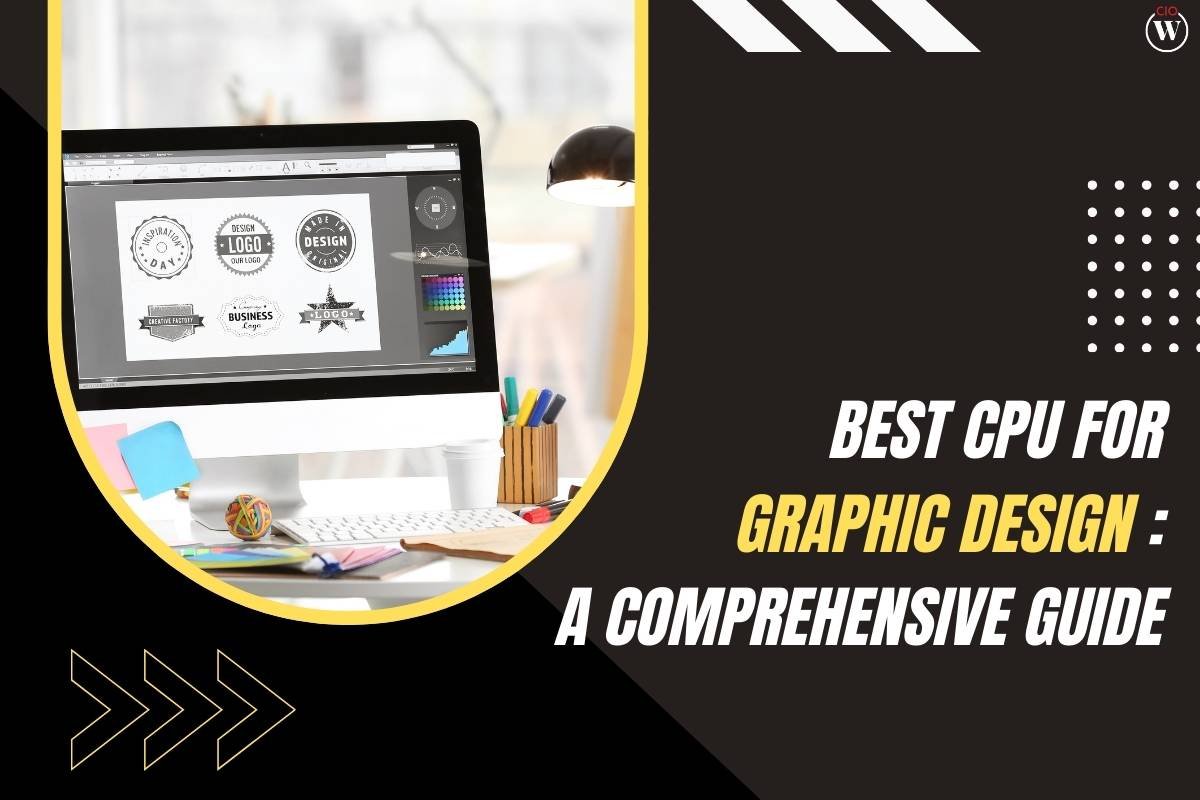In an age of rapid technological advancement, we have witnessed incredible innovations that have transformed the world of education. One of the most notable advancements is the development of technology tools designed to support individuals with learning disabilities. These tools aim to bridge the gap, offering personalized solutions that cater to different needs. In this article, we will explore some of the smarter technology tools that are making a significant impact in overcoming learning disabilities.
Understanding Learning Disabilities
Before we delve into the specific technology tools, it’s important to have a clear understanding of what learning disabilities are. Learning disabilities are neurological disorders that affect the way an individual processes information. These disorders can manifest in difficulties with reading, writing, math, or other cognitive skills. They are not indicative of a lack of intelligence but rather a difference in the way the brain processes information.
The Role of Technology in Education
Technology has become an integral part of education, and it has opened up new possibilities for individuals with learning disabilities. These innovative tools empower students, enabling them to access, process, and communicate information more effectively.
Here are some of the smarter technology tools that are proving to be invaluable in overcoming learning disabilities:
1. Text-to-Speech Software

Text-to-speech software is a game-changer for individuals with reading disabilities, such as dyslexia. This technology tool converts written text into spoken words. By doing so, it assists students in understanding and retaining information more easily. Users can adjust the speed and voice of the speech, making it highly customizable to suit individual needs.
2. Speech-to-Text Software
Conversely, speech-to-text software enables individuals with writing disabilities to express their thoughts and ideas more efficiently. This tool converts spoken words into written text, making it a valuable asset for students who struggle with handwriting or spelling. It also enhances the writing process by providing real-time feedback and corrections.
3. Graphic Organizers
For students with executive function difficulties, graphic organizers are a helpful aid. These digital tools help users visually organize information, making it easier to understand complex concepts and improve memory retention. Mind mapping software, such as MindMeister and XMind, allows students to create visual representations of their thoughts and ideas.
4. Audiobooks and E-books

Audiobooks and e-books have made reading more accessible to individuals with various learning disabilities. They offer the flexibility to adjust text size, font, and background color, catering to visual and auditory preferences. Moreover, the option to highlight and take notes within these digital texts enhances the learning experience.
5. Learning Management Systems (LMS)
Learning management systems, like Moodle and Canvas, have revolutionized the way education is delivered. These platforms offer a variety of resources, including interactive content, quizzes, and discussion forums. They are particularly beneficial for students with learning disabilities as they provide structured and organized learning materials.
6. Assistive Technologies
Numerous assistive technologies are designed specifically to address different learning disabilities. These may include specialized keyboard layouts, dictation software, and devices that offer tactile feedback to improve motor skills. These technologies cater to the unique needs of each student, ensuring a tailored learning experience.
7. Learning Apps
The rise of educational apps has provided a wealth of opportunities for learners with disabilities. From math and language arts apps to memory and attention-building games, there are numerous apps that cater to various learning disabilities. These apps often incorporate gamification and interactivity to make learning more engaging.
8. Electronic Notetaking

Electronic notetaking tools, like OneNote and Evernote, are instrumental in organizing thoughts and information for students with difficulties in manual notetaking. They allow for easy storage, organization, and quick retrieval of notes, ensuring that important information is always at hand.
9. Virtual Reality (VR) and Augmented Reality (AR)
VR and AR have shown great potential in making learning more immersive and interactive. For students with attention deficits, these technologies can provide a multi-sensory learning experience, enhancing comprehension and retention of complex topics.
Frequently Asked Questions
Q1: Are these technology tools only for students with diagnosed learning disabilities?
No, these tools can benefit a wide range of students. While they are designed to support individuals with learning disabilities, they can be valuable for anyone looking to enhance their learning experience.
Q2: Do these tools require a high level of technical expertise to use?
Most of these tools are user-friendly and come with tutorials or support resources. Additionally, many educational institutions provide training on these tools to ensure students can use them effectively.
Q3: Are these tools expensive?
The cost varies depending on the specific tool and its features. However, many educational institutions and organizations offer free or discounted access to these tools for students with disabilities.
Q4: Can these tools completely replace traditional teaching methods?
These tools are meant to complement traditional teaching methods, not replace them. They enhance the learning experience and cater to individual needs, but a balanced approach that includes traditional teaching is often the most effective.
Q5: How can I determine which tools are most suitable for my learning disability?
It’s essential to consult with an educational specialist or therapist who can assess your specific needs and recommend the most suitable tools. Additionally, trying out different tools to see which one works best for you is a good approach.
Smarter technology tools are leveling the playing field for individuals with learning disabilities, making education more inclusive and accessible. These tools provide a personalized approach to learning, allowing students to overcome the challenges associated with their disabilities. As technology continues to advance, we can expect even more innovative solutions to empower and support individuals with learning disabilities on their educational journey. So, whether you’re a student, educator, or parent, embracing these technology tools can make a profound difference in the pursuit of knowledge and personal growth.








